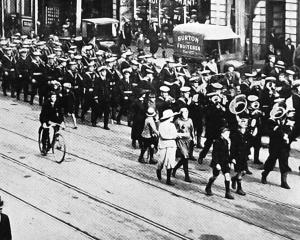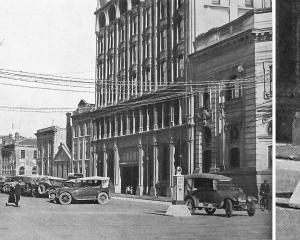
Sir Arthur Conan Doyle's statement that Lord Carnarvon's death might have been due to the activities of an evil elemental has caused a storm of protest in some quarters.
The Westminster Gazette remarks: "No poisons have ever yet been found in an Egyptian tomb; and the probability of their secretion in or about a mummy is discounted by the rather unpleasant recollection that mediaeval medicine recognised pounded mummy as a curative substance, and employed it with no evil effects."
On receipt of the news of the ill-health of Mr Howard Carter, who was Lord Carnarvon’s right-hand coadjutor, Sir Rider Haggard hoped that it would not give a fillip to superstitious belief.
Sir Rider is a determined opponent of those who profess to see in the death of Lord Carnarvon the workings of some malignant influence. ‘‘If,” he has said, ‘‘men are to be at the mercy of elementals or evil powers of an undefined nature, their lot is indeed wretched. Life would be one long terror.
‘‘If we suppose that the opener of the tomb of Tutankhamen was a victim of the work of such a creature, it would be nothing less than a disaster lo mankind. For what can happen in one case can happen in all. It is for this, reason that I say that the promulgation of ideas of this nature is most dangerous. They work upon a certain class of mind, and, perhaps, produce the very evils they prophesy.” — ODT London correspondent
Delicacy for beachcombers
While some residents of St Kilda were strolling along the Ocean Beach yesterday afternoon their attention was attracted by what looked like a log. One of their number ventured into the water and discovered the object to be a fine specimen of a frostfish, which, on being hauled ashore was estimated to have measured 8 feet long and to have weighed close on 100 pounds.
A number of spectators were attracted, and the fish was soon cut up and carried away.
One of the fortunate finders afterwards expressed the opinion that the fish made prime eating.
Centenary of first marriage
The centenary of the first marriage solemnised in New Zealand will fall in June. The wedding took place in the mission house at Mata Hui, the present site of the Marsden Cross in the Bay of Islands, on June 23, 1823. The parties were Mr Philip Tapsell, first mate of the ship Asp, and a Maori woman of high birth named Maria Ringa, sometimes spelt and pronounced Dinga.
The ceremony was performed according to the Church of England form by the Rev Thomas Kendall. Shortly after their marriage Mr and Mrs Tapsell left the Bay of Islands and removed to the Bay of Plenty.
— ODT, 28.5.1923. Compiled by Peter Dowden












